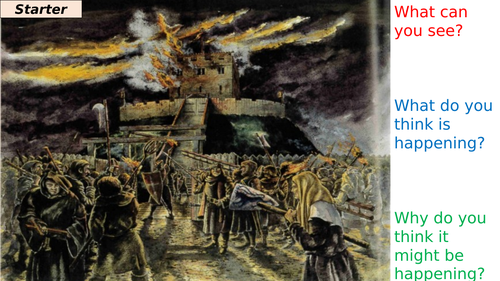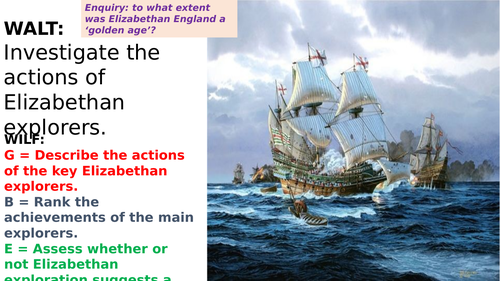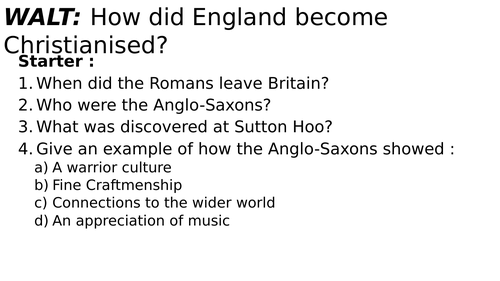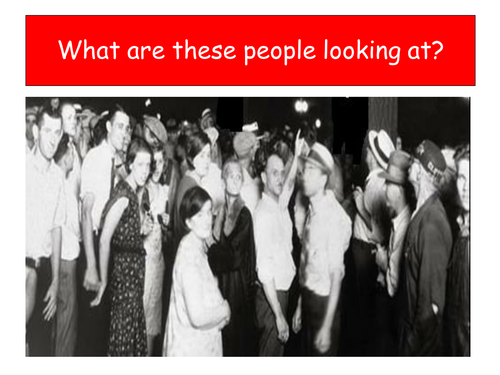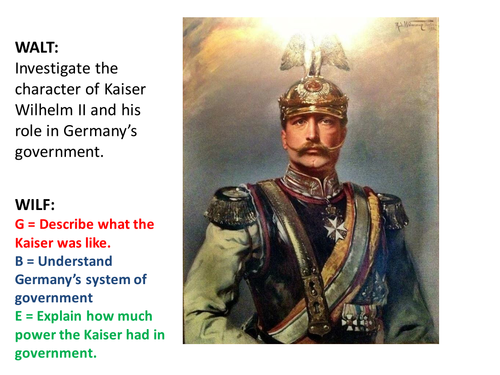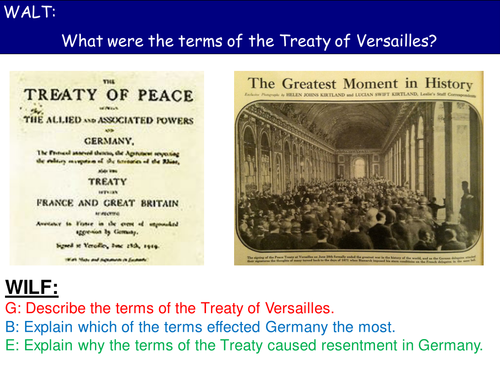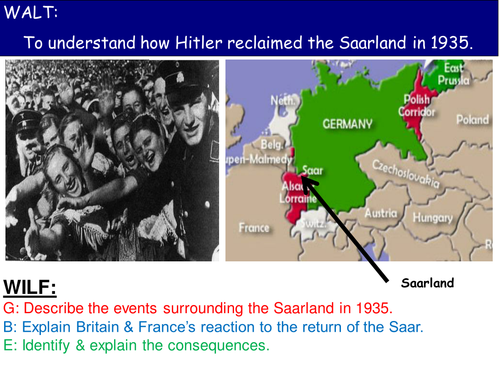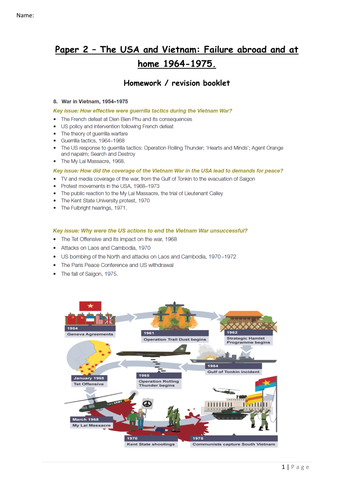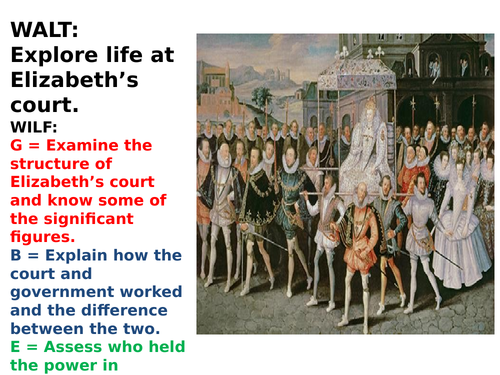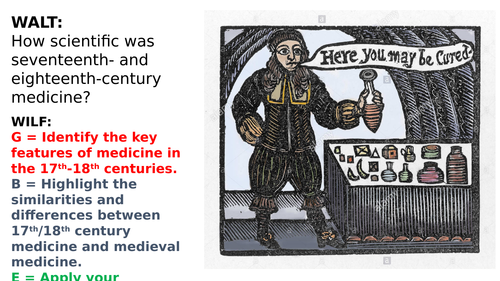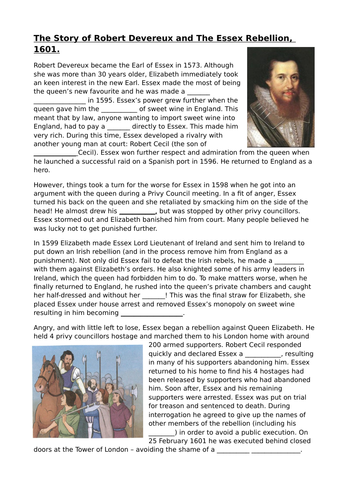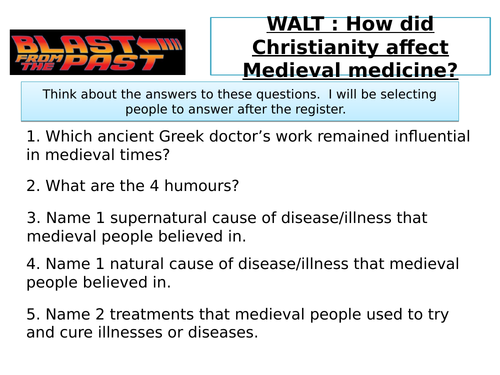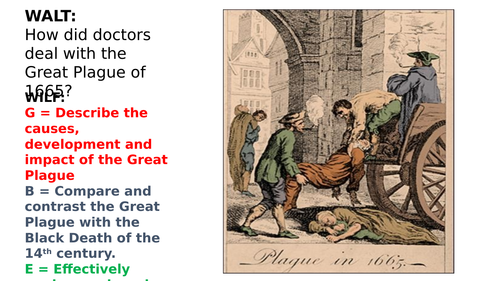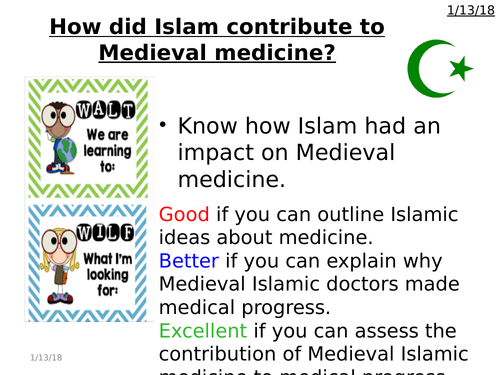
58Uploads
20k+Views
5k+Downloads
All resources

Medieval Jewish Migration
A lesson intended to be part of a migration through time thematic study in Y7.

Elizabethan Exploration and Sailors
This is the introduction to a series of lessons, aimed at Y8, based around the inquiry: to what extent was Elizabethan England a Golden Age? Each lesson comes back to and refers to the arguments of two history teachers: Mr Oldham and Mr Williams.
The series of lessons is as follows:
Inquiry introduction.
Elizabethan Religious Settlement.
Elizabeth and the issue of marriage.
Sailors and exploration during Elizabeth’s reign.
Wealth and poverty in Elizabethan England.
Culture and theatre in Elizabethan England.
Mary Queen of Scots.
Causes of the Anglo-Spanish conflict.
The Spanish Armada.

Spread of Christianity in England (St. Hadrian and St. Theodore)
This lessons is part of the enquiry: ‘Who were the English (before 1066)’?
The enquiry focuses on the skill historical evidence. Overall, students will refer to five pieces of evidence (Roman skeletons discovered at Aballava fort, Sutton Hoo helmet, Bede’s account of Hadrian and Theodore, the Viking Domesday Stone, and a coin from the reign of King Æthelstan) in order to answer the enquiry question.
This lesson involves narrative accounts of the impact of three saints - Augustine, Hadrian and Theodore - on the spread of Christianity in England. It involves plotting their travels on a map and then completing questions. The lesson contains all necessary resources including starters and plenaries. The resources on the PowerPoint are hopefully self-explanatory in terms of how to deliver it to students.
You can download the corresponding student booklet for free with all the required work sheets and resources.
The lesson sequence for this enquiry is as follows:
Roman Skeleton Mystery (2 lessons).
Anglo-Saxon Kingdoms and Sutton Hoo (2 lessons).
The Spread of Christianity in England.
Viking Raid on Lindisfarne.
Æthelstan, King of the English
Review lesson: Who were the English (before 1066)?

Roman Skeleton Mystery
This is the first two lessons (2 hours) of the enquiry: ‘Who were the English (before 1066)’?
The enquiry focuses on the skill historical evidence. Overall, students will refer to five pieces of evidence (Roman skeletons discovered at Aballava fort, Sutton Hoo helmet, Bede’s account of Hadrian and Theodore, the Viking Domesday Stone, and a coin from the reign of King Æthelstan) in order to answer the enquiry question.
It revolves around the students investigating the mystery of two skeletons by drip-feeding them numerous pieces of evidence. The resources on the PowerPoint are hopefully self-explanatory in terms of how to deliver it to students.
The lesson sequence for this enquiry is as follows:
Roman Skeleton Mystery (2 lessons).
Anglo-Saxon Kingdoms and Sutton Hoo (2 lessons).
The Spread of Christianity in England.
Viking Raid on Lindisfarne.
Æthelstan, King of the English
Review lesson: Who were the English (before 1066)?

AQA GCSE Kaiser Wilhelm II's Character & Role in Government
Designed for the new AQA History GCSE.
Features complete lesson.

Terms of the Treaty of Versailles. Peacemaking and the League of Nations
A self-contained lesson on the terms of the Treaty of Versailles.

Return of the Saarland 1935. Hitler's Foreign Policy
A self-contained lesson on the return of the Saar in 1935.

Vietnam War comprehensive work book (GCSE)
This 35-page long work book covers the Vietnam War starting from why the USA got involved up to the fall of Saigon in 1975.
It features clear and detailed information on all aspects of the war (from combat tactics, to the media coverage and protest movements in the USA).
Most pages feature comprehension style questions with numerous GCSE questions at the back (these are designed for the AQA modern world spec but can easily be adapted).
This booklet has found use as a homework booklet to go alongside a series of lessons and has been used as a comprehensive revision tool.

English Civil War Siege of Chester
A self-contained lesson about the Siege of Chester during the English Civil War. Includes fun activities like Map from Memory, an Information Hunt etc.

Essex's Rebellion, 1601. Elizabethan England - AQA History GCSE
Designed to fit Elizabethan England topic (GCSE)

Christianity's contribution to medicine AQA GCSE History
Medieval History - the Christian Church's contribution to medicine.

Islamic Medicine - Health and the People - GCSE History
Islamic medicine - designed to fit AQA GCSE History.

Liberal Social Reforms - Health and the People - GCSE History
Part of the Health and the People topic

English Parliament - Henry III, Edward I and Simon de Montfort
2 lessons assessing why the English parliament developed and comparing Parliament under the Earl of Leicester to today’s parliament.

